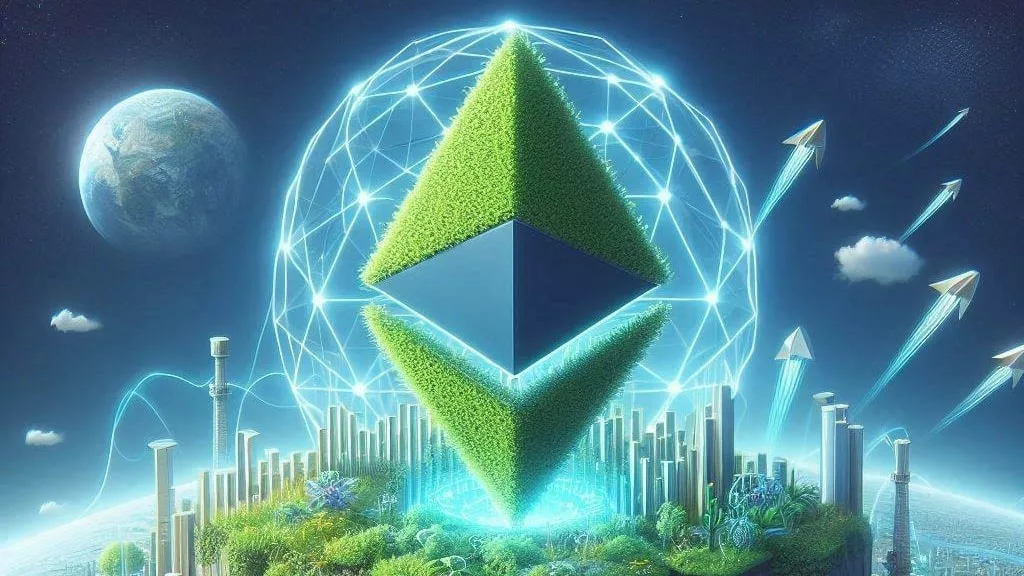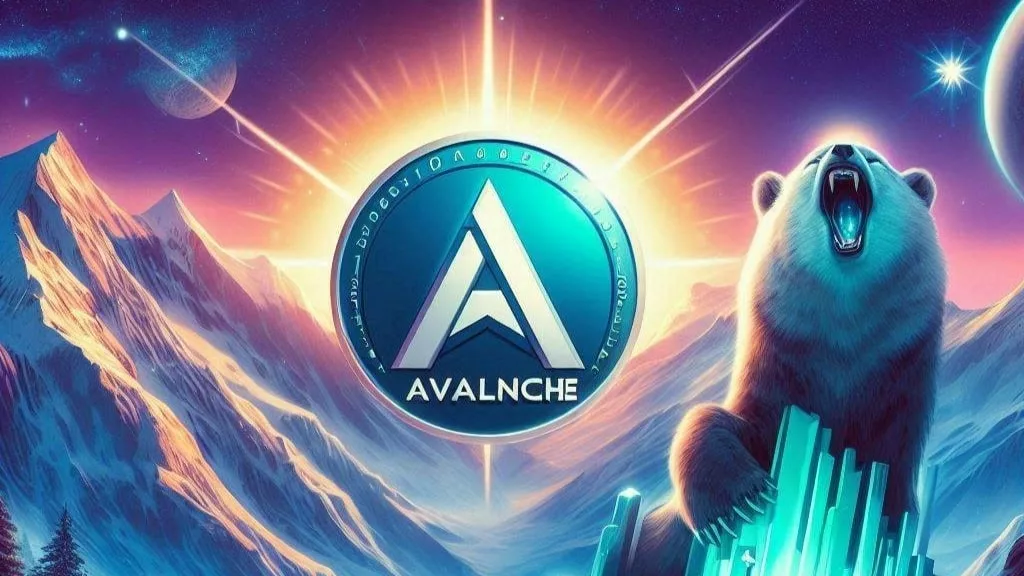
In an unprecedented surge, digital asset prices have soared to levels unseen in recent years. While major cryptocurrencies like Bitcoin witnessed a remarkable 22% spike within the past week, reaching a high of $35,000 on Monday, this bullish trend had a ripple effect throughout the industry. Surprisingly, only two assets, Huobi’s HT and Trust Wallet’s TWT, among the top 100 cryptocurrencies by market capitalization, experienced a decline over the same seven-day period according to CoinGecko.
However, amidst this widespread rally, the NFT (Non-Fungible Token) market has displayed a stark contrast by remaining somewhat stagnant.
The past week has been a rollercoaster ride for the world of digital assets. With Bitcoin leading the charge, many investors and enthusiasts rejoiced as prices surged. This surge signifies a significant upturn in fortunes, with Bitcoin bouncing from a modest $28,000 to a remarkable $35,000 in a matter of days.
As Bitcoin, often considered the bellwether of the cryptocurrency market, moved upward, the entire industry followed suit. Nearly all major cryptocurrencies and tokens experienced positive gains, reinforcing the notion that we are in the midst of a broader crypto resurgence. Indeed, digital assets seemed to be making a remarkable comeback.
Despite this euphoria, NFTs, a unique and fascinating segment of the crypto world, appeared to be out of step with the prevailing sentiment.
Non-Fungible Tokens, or NFTs, are digital assets that represent ownership or proof of authenticity of a unique item, often art or collectibles. They have captured the imaginations of artists, collectors, and investors worldwide, making headlines for the sky-high prices fetched by some of these digital creations. NFTs have sparked discussions about the future of art, digital ownership, and decentralized technology.
However, despite the wider crypto market’s jubilant atmosphere, NFTs have been unable to capitalize on this momentum. Their sluggish performance is a puzzle in the larger context of this recent digital asset boom.
This divergence in trends raises questions about the unique nature of NFTs. Are they more aligned with traditional art and collectibles markets, which don’t necessarily move in tandem with cryptocurrency prices? Or is this merely a temporary pause before another NFT surge?
NFTs, unlike traditional cryptocurrencies like Bitcoin or Ethereum, are often associated with digital art, music, virtual real estate, and unique in-game items. These tokens derive their value from their uniqueness and scarcity, as well as their underlying digital creations.
The NFT market’s resilience, or lack thereof, might be attributed to several factors. Firstly, the NFT market is still relatively nascent compared to more established cryptocurrencies like Bitcoin and Ethereum. It’s possible that the NFT market is yet to find its footing and stabilize, making it more susceptible to market fluctuations.
Secondly, NFTs are often driven by individual and cultural factors. The value of a particular NFT can be heavily influenced by the popularity of the creator, the desirability of the underlying digital item, and the cultural zeitgeist. As a result, NFTs may not always correlate with broader market movements.
Moreover, the NFT space is increasingly diverse, with various platforms and projects emerging daily. This diversity can lead to fragmentation and prevent a cohesive response to broader market trends.
Nonetheless, the disconnect between the soaring cryptocurrency market and the NFT space highlights the importance of understanding the intricacies of different digital assets. NFTs are, in many ways, a unique category, and their performance can be driven by a complex interplay of factors.
The recent rally in cryptocurrencies has ignited optimism and excitement within the crypto community. For many, it’s a sign that the industry is maturing and gaining broader acceptance. The rising interest from institutional investors and corporations also adds to this positive sentiment.
Bitcoin’s resurgence, in particular, has been driven by a mix of factors. The increased adoption of cryptocurrencies by mainstream financial institutions, the perceived store of value during economic uncertainty, and the potential for cryptocurrency to serve as a hedge against inflation have all contributed to Bitcoin’s renewed appeal.
While the broader crypto market has basked in this newfound glory, NFTs have been operating in a somewhat separate sphere. The NFT market’s unique dynamics, driven by individual creators, collectors, and enthusiasts, might explain its divergence.
Artists and creators in the NFT space often have dedicated followings that support their work. The value of an NFT may be more influenced by the popularity of the creator and the demand for their art or creations. This personal touch sets NFTs apart from traditional cryptocurrencies, where value is often driven by more abstract factors.
Additionally, NFTs often transcend the realm of purely financial assets. They represent a bridge between art, technology, and culture. This intersection of worlds can create a different set of rules for the NFT market, making it less susceptible to the ebbs and flows of traditional cryptocurrency trading.
As the NFT market finds its footing, it’s crucial to recognize that its performance is not solely determined by the traditional metrics of supply and demand. Instead, it’s influenced by a multitude of individual and cultural factors, from the popularity of creators to shifts in digital art trends.
The future of NFTs remains uncertain. Will they continue to evolve as a unique segment of the crypto world, operating independently of broader market trends? Or will they eventually fall in line with the larger cryptocurrency landscape, moving in sync with Bitcoin and its peers?
In conclusion, the recent surge in digital asset prices, with Bitcoin leading the charge, has been a cause for celebration in the cryptocurrency community. However, this excitement hasn’t extended to the NFT market, which has exhibited a different trajectory. This disconnect underscores the distinct nature of NFTs, which are driven by individual creativity, cultural relevance, and unique digital assets.
The NFT market’s evolution and future path are intriguing questions that will continue to captivate the crypto world. As the digital asset space grows and diversifies, it’s essential to understand that different categories of assets may respond to market dynamics in their own unique ways.



Get the latest Crypto & Blockchain News in your inbox.